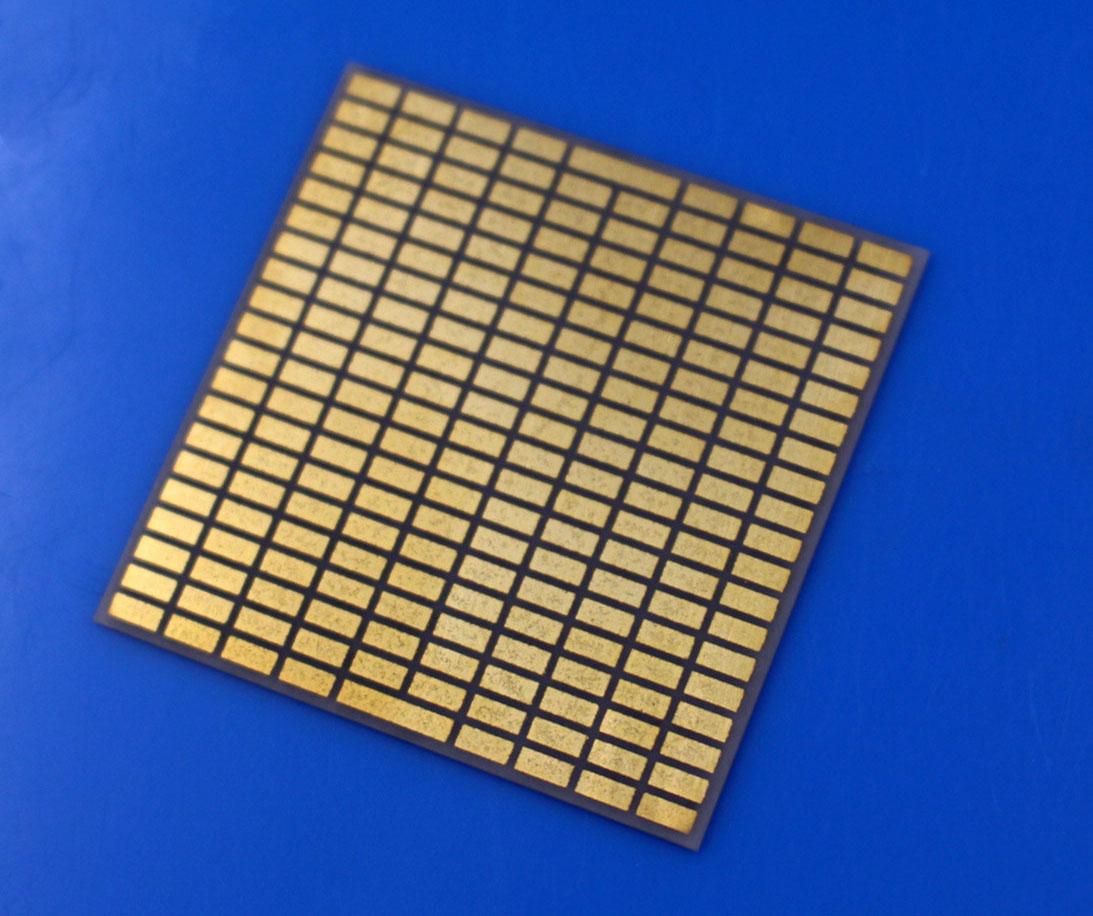
What is a VCSEL?
VCSEL stands for Vertical Cavity Surface Emitting Laser, in this case, the laser resonator is aligned to the orthogonal direction with respect to the plane of the semiconductor substrate to allow vertical emission of light. It was invented in 1977 by Dr. Iga, the former president of the Tokyo Institute of Technology, and is now used in various fields, including data communication and sensor applications. It is also prominent in facial recognition technology in cellular devices. Compared to edge-emitting lasers, VCSELs can take advantage of batch semiconductor manufacturing processes for large volume, low-cost production. The range of wavelengths available from VCSELs is wide, and thus they have found uses in various applications.
VCSEL is widely used in consumer electronics products, automotive products, and other commercial applications such as industrial heating, environmental monitoring, medical equipment, and consumer applications such as 3D perception.
VCSEL chip power conversion efficiency is low, which means that there are certainly problems in heat dissipation, facing the problem of thermoelectric separation, and the ceramic substrate is born to solve the thermoelectric separation.
VCSEL generates large heat when running. One is that the heat needs to be emitted through the substrate in time; Secondly, the power density of the VCSEL chip is very high, so the stress caused by the thermal expansion mismatch between the chip and the substrate needs to be considered. Therefore, the realization of efficient heat dissipation, thermoelectric separation, and thermal expansion coefficient matching has become an important consideration in the selection of VCSEL component packaging substrate.
Direct copper plated ceramic substrate DPC ceramic substrate can meet the encapsulation requirements of VCSEL components. DPC ceramic substrate has many characteristics, such as high thermal conductivity, high insulation, high circuit accuracy, high surface flatness, and thermal expansion coefficient matching with the chip, etc., which rapidly occupies an important position in high power VCSEL component packaging. Because of the vertical structure of VCSEL, DPC ceramic circuit board has unique technical advantages such as high resolution, high flatness, and high reliable vertical interconnection, which is more suitable for its vertical eutectic welding.
The ceramic substrate is VCSEL packaging substrate, its importance is self-evident. The growth of DPC aluminum nitride ceramic substrate in this field is very considerable.


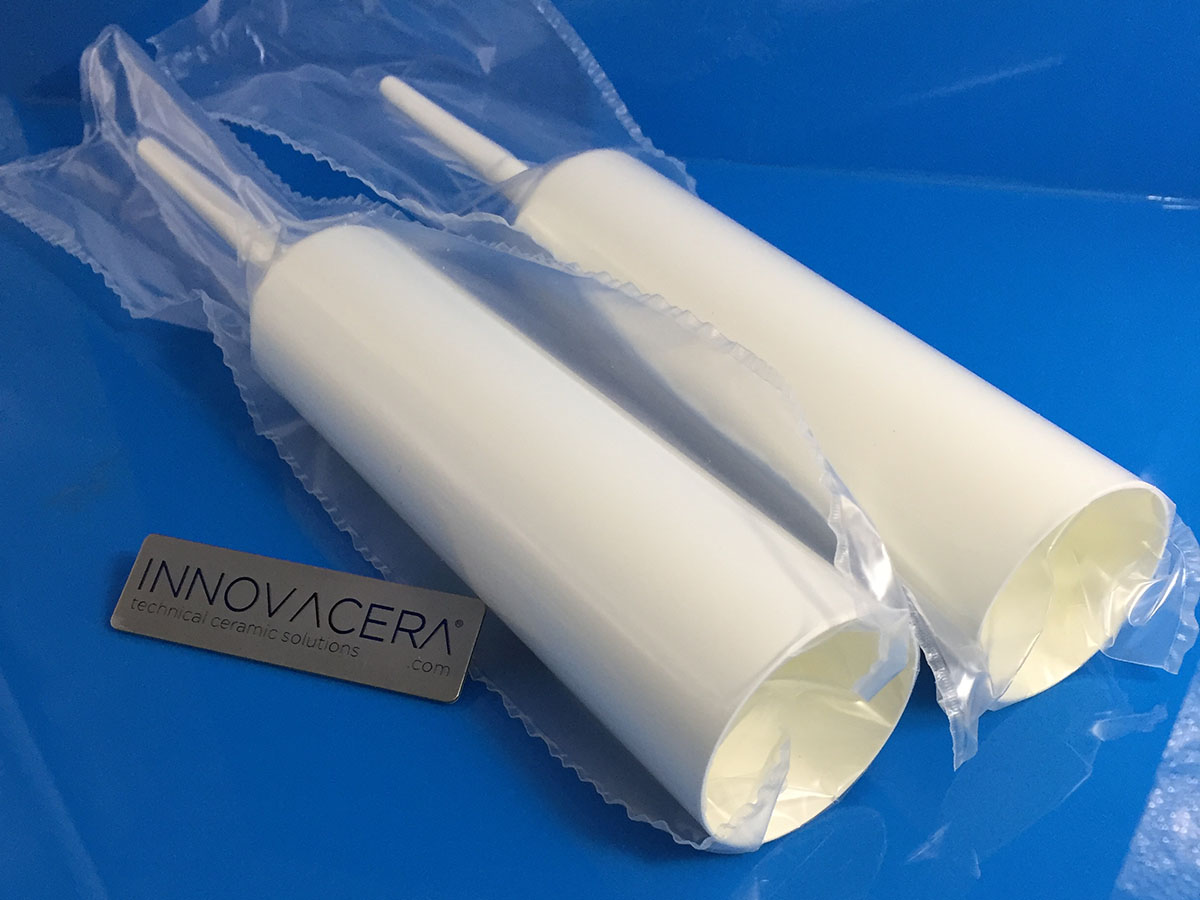


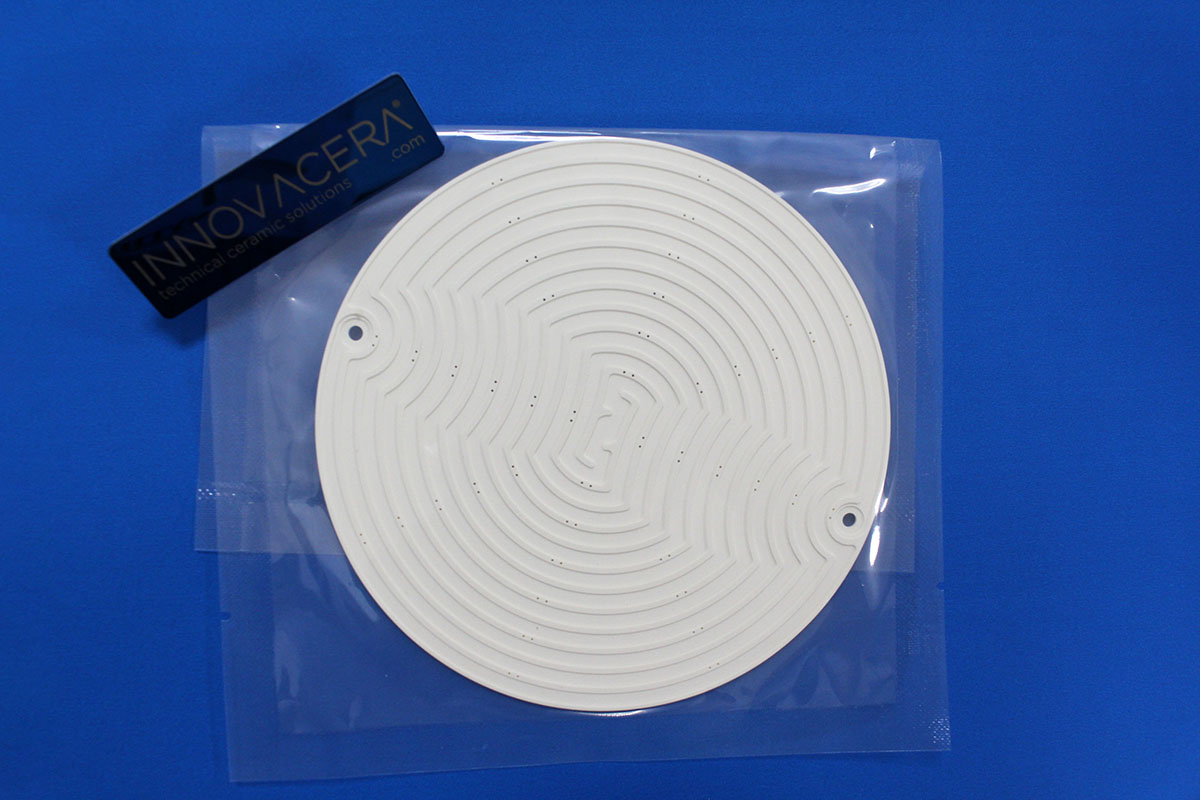

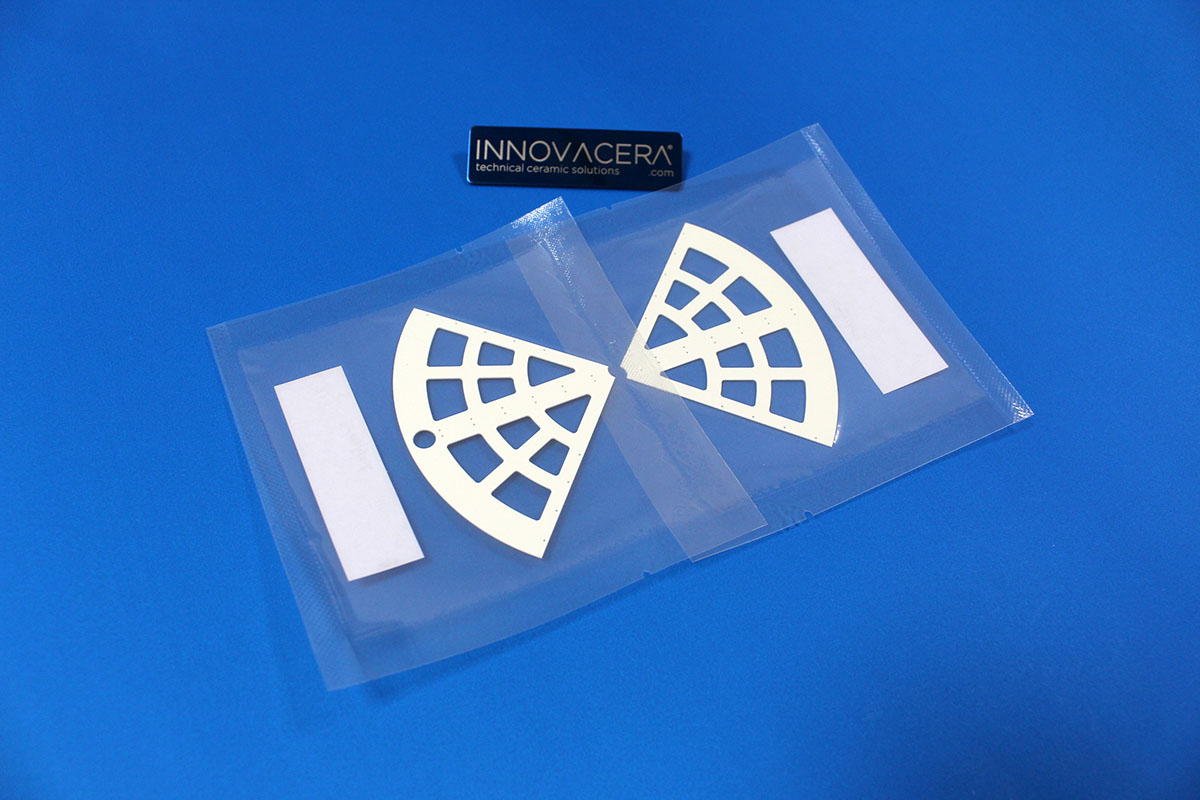
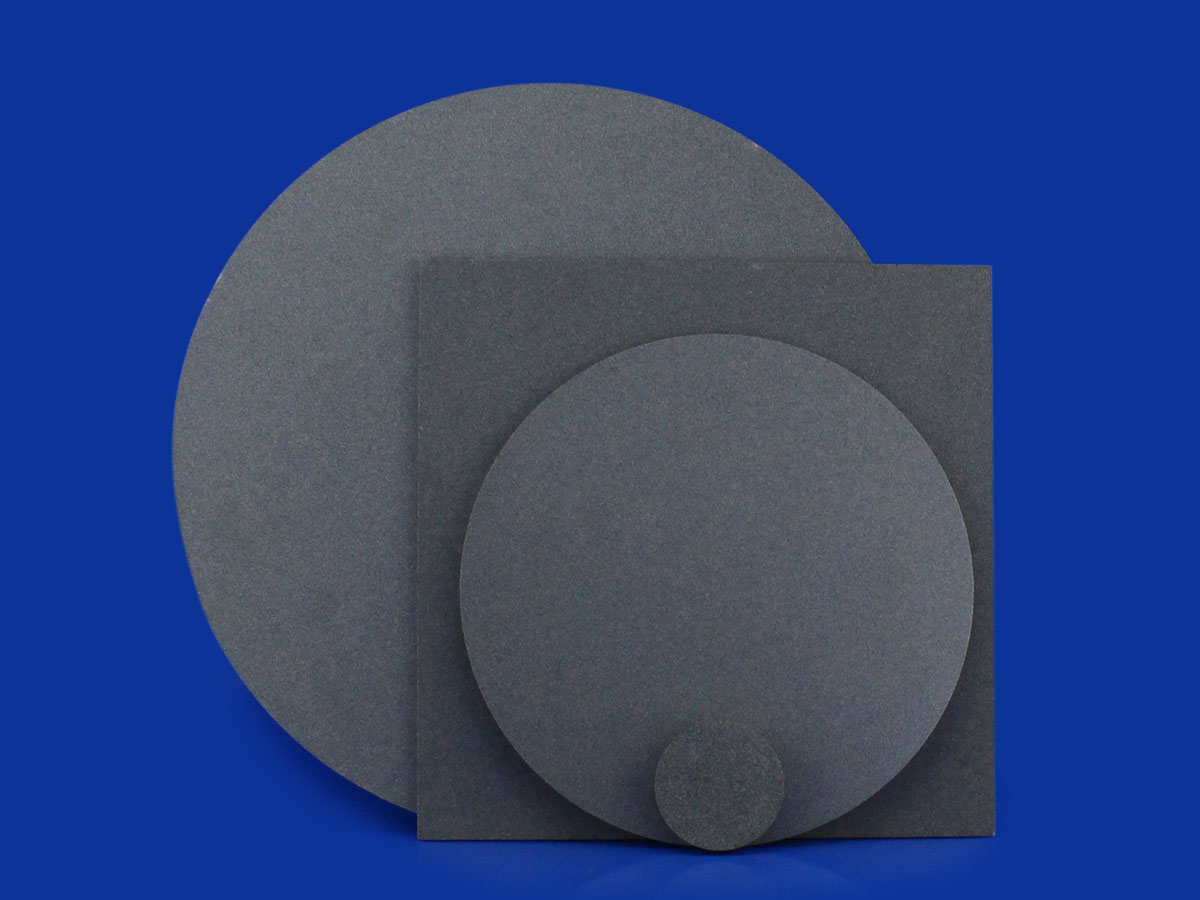
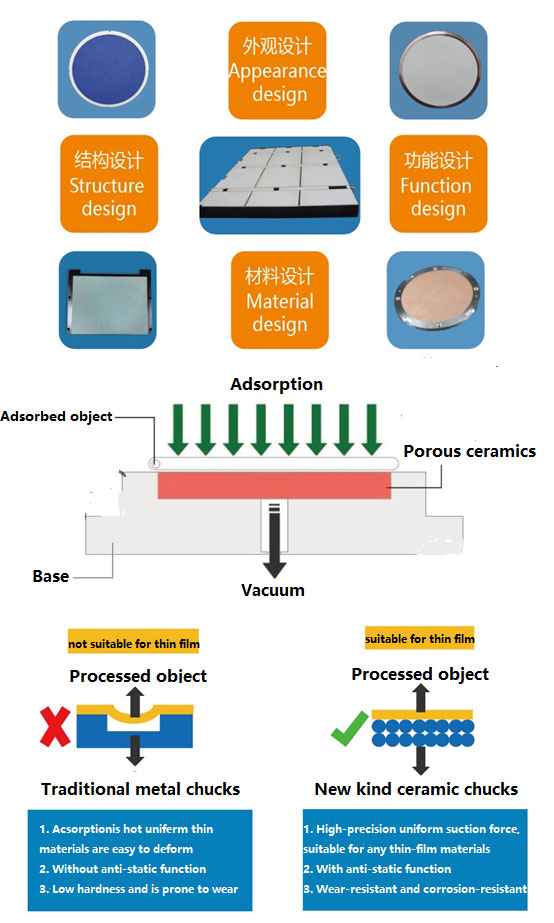
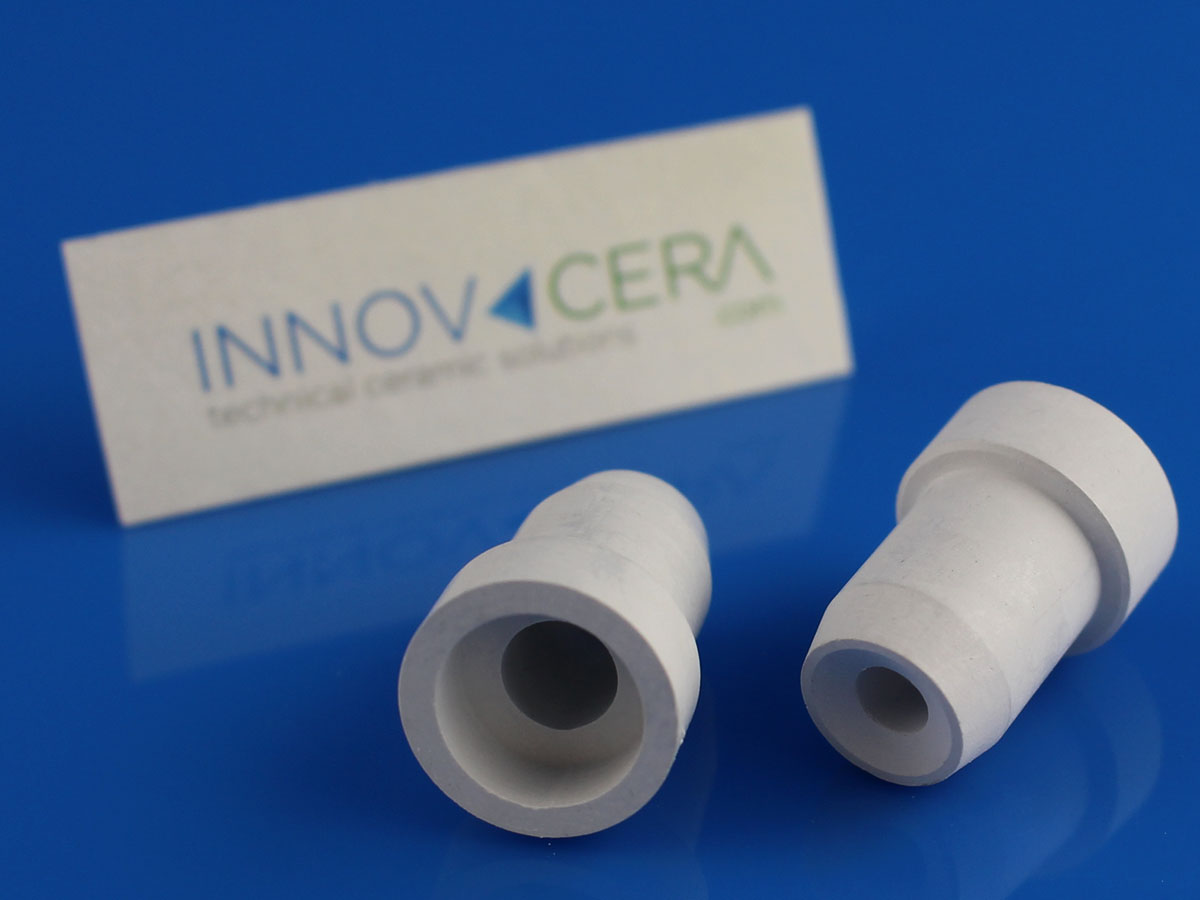
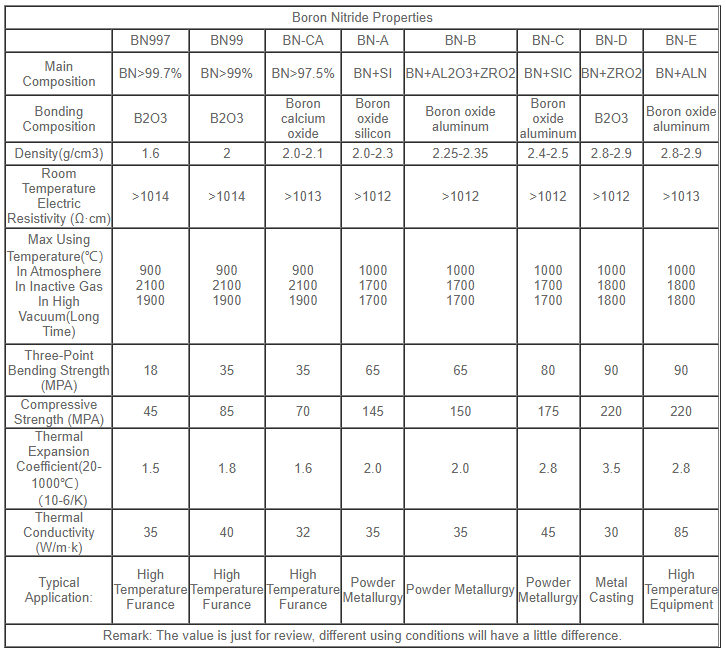
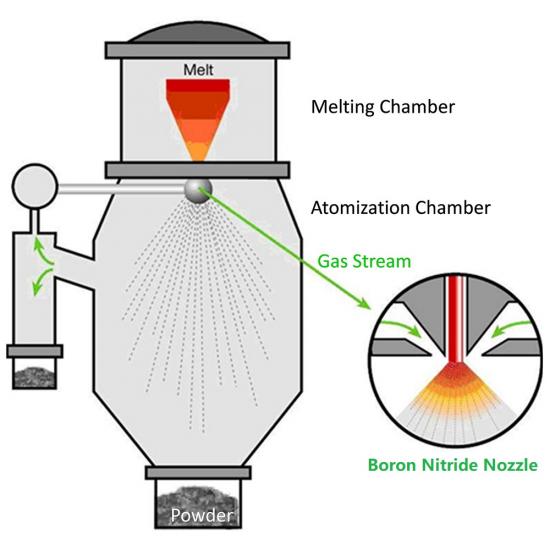
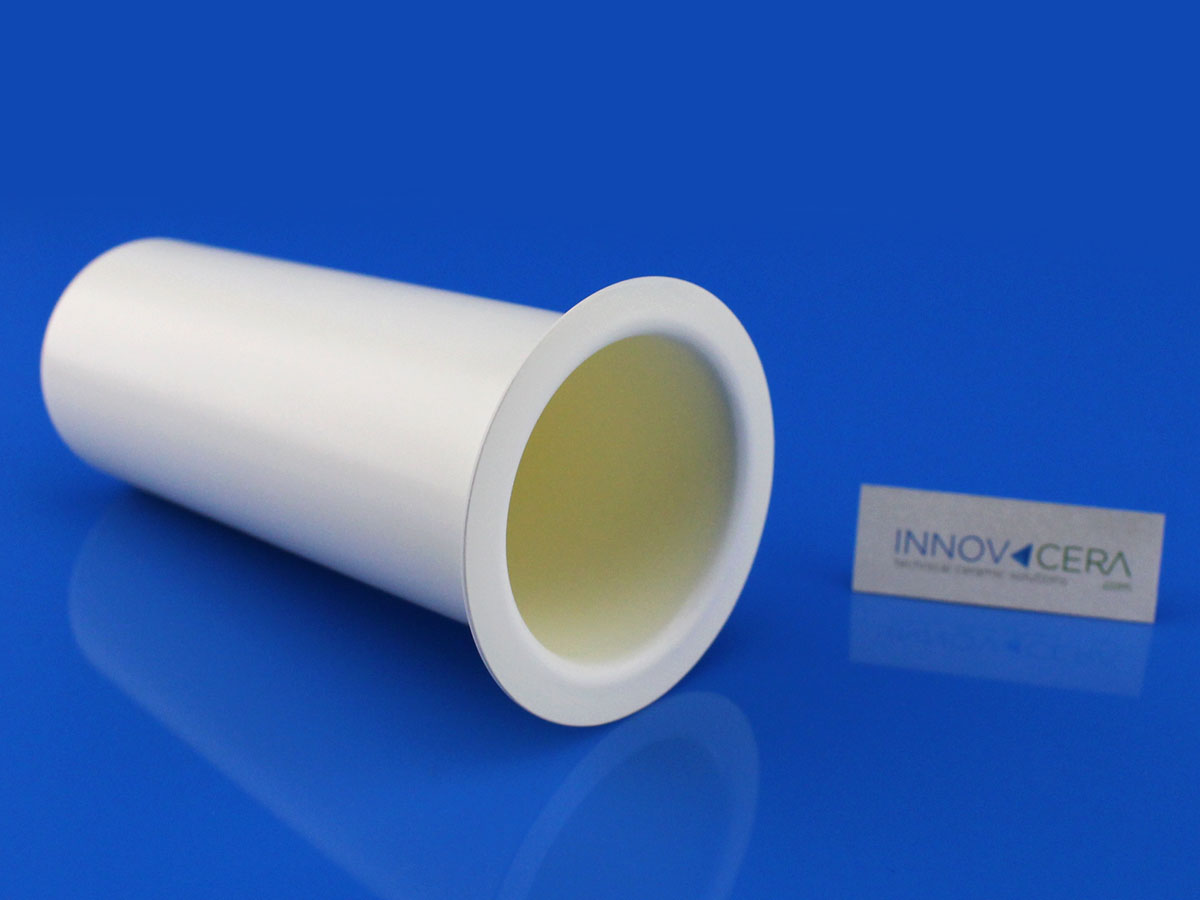
 Enquiry
Enquiry